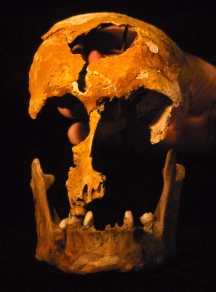
Figure 47: Photograph showing the reconstructed skull fragments belonging to Tom.
Amongst the Pandora collection of skeletal material were several fragments belonging to Tom's skull, consisting of:
The two teeth of the right maxilla fragment made occlusal contact with corresponding teeth of the mandible, allowing the two bones to be placed in the correct anatomical position relative to one another. The right maxilla fragment also made a precise join with the right portion of the frontonasal suture of the frontal bone, allowing the position of each to be determined relative to one another. The three frontal bone fragments also joined to provide an almost complete frontal bone, including the upper margins of both orbits. The two parietal bones, although matching one another, could not be articulated with any other bone present. The internal surface of the parietal fragments showed vascular markings consistent with coming from the middle meningeal arteries, which provides clues as to their original anatomical position. Their exact cranial position, however, cannot be determined with any degree of reliability owing to normal anatomical variation.
The five articulating cranial fragments were reconstructed. The three frontal bones had a copper/brass frame specially constructed to hold them in their position. The frame used nine small foot-plates of 5x5mm size, which had a 2mm diameter brass plug on the underside. Each fragment had three plugs which fitted the bones in carefully drilled cavities. Each foot-plate was glued to the bone with PVC adhesive, which could be dissolved later if required. The frontal bone was held in articulation with the right maxilla fragment and the entire arrangement was photographed in the approximated Frankfort horizontal plane. The parietal bone fragments were not included in the reconstruction.

Figure 47: Photograph showing the reconstructed skull fragments belonging to Tom.
It is the authors' opinion that there is insufficient detail by far to allow a facial reconstruction to be attempted on these cranial fragments. Any effort made to reconstruct the face would be subjective.
© Internet Archaeology
URL: http://intarch.ac.uk/journal/issue11/4/33.html
Last updated: Thu Mar 28 2002